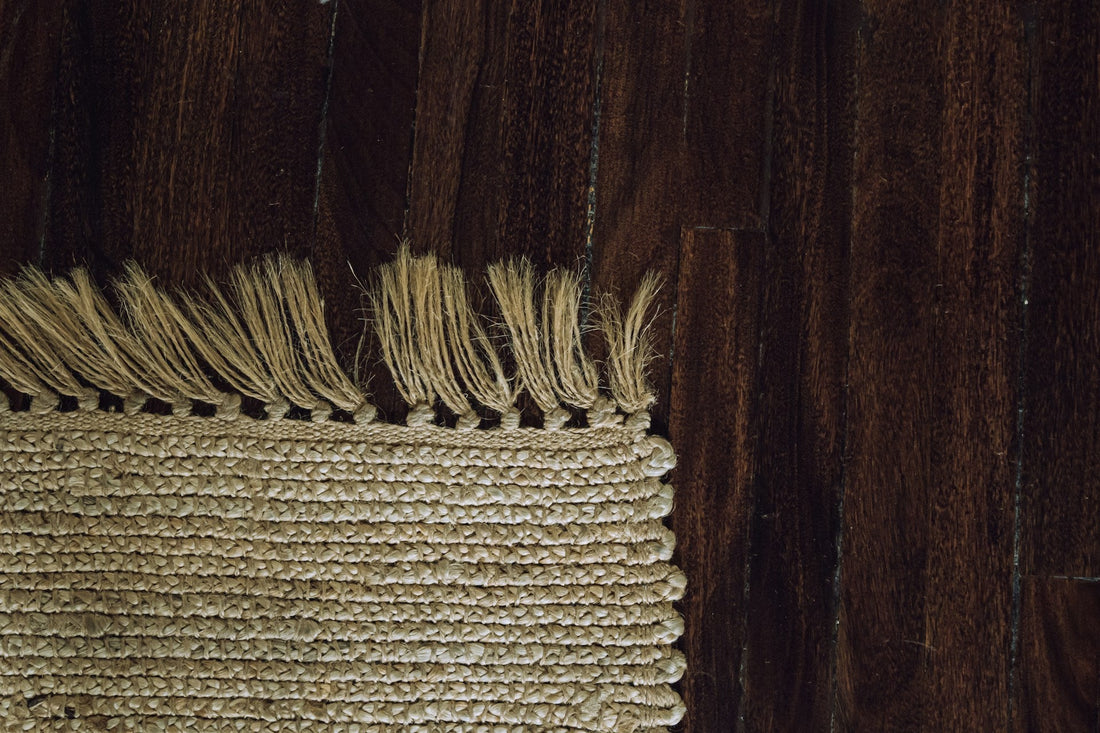Turkish handwoven rugs are works of art. They’re known for their intricate details, quality yarns, and beautiful colors that hold strong over time. Passed down from generation to generation or picked out during a special trip, these rugs often carry more meaning than just home décor. So when you start to see them fray or come apart along the edges, it can feel like more than just a small tear. It’s a clear warning sign that your rug might need help.
Late summer heat in Frisco brings in more dust, sand, and foot traffic, especially in open entryways and hallways. These conditions make it easier for delicate parts of your Turkish handwoven rug to start unraveling if they’re not protected or kept in check. Once the threads begin to loosen, things can go downhill fast. The key is catching these early signs before the unraveling spreads and weakens the structure.
Identifying The Issue
If your rug starts to pull apart, it helps to know what to look for early. While handwoven Turkish rugs are known for their strength, they still wear down in high-traffic areas or through years of regular use. A simple corner snag or a loose knot might not seem like a big deal, but those are the early signs worth paying attention to.
Common signs your rug is starting to unravel include:
- Fraying edges, especially where two colors or patterns connect
- Fringe or tassels detaching from the body of the rug
- Threads pulling up or getting caught during vacuuming
- Parts of the design that look uneven or distorted
- Thin areas that feel softer or less dense underfoot
It’s common for these issues to begin near thresholds or under heavier furniture. Even changes in your daily routine can add wear. For example, kicking off heavy shoes in the same spot every day or resting a table leg directly on a soft area can slowly break down the weave. These problems often start small and go unnoticed until they grow into a larger section needing attention.
Once unraveling starts, it won't stop on its own. If caught early, most issues are easier and less expensive to fix. If left unchecked, the damage spreads and affects more of the rug’s structure. Spotting these signs early gives you a chance to act before you're left dealing with a bigger repair.
Temporary Fixes To Prevent Further Damage
Once you notice a spot starting to unravel, some quick action can keep it from getting worse. These short-term steps help stabilize the rug while you arrange for expert repair.
Here are a few steps to prevent further damage:
1. Use sharp scissors to carefully snip any long, loose threads. Never pull on them.
2. Apply low-adhesive fabric tape over the affected area to keep the weave in place temporarily. Avoid duct tape or masking tape since these can cause more harm.
3. Limit foot traffic across the damaged area. Shift furniture or place a lightweight object like a stool to steer movement away.
4. Rotate the rug to hide the weaker section by placing it under furniture or near a less-used wall.
5. Add a thin pad or underlay to reduce friction and pressure on vulnerable spots.
These steps do not replace a proper fix and are only meant as short-term solutions. They help buy time and protect the rug until a professional can look at it. Keeping the problem from growing is the priority here. Even a small adjustment can help slow things down and keep your rug intact in the meantime.
The structure of handwoven Turkish rugs is strong, but once that weave begins to loosen, the breakdown can accelerate. By taking quick steps, you keep the damage contained and avoid worsening the stress on the fibers.
Seeking Professional Help
After taking the first steps to limit the damage, it’s smart to contact someone with experience in repairing Turkish handwoven rugs. These rugs aren't made the same way as mass-produced floor coverings. The repair process needs to be just as detailed as the rug’s original weave.
Trying to fix it yourself may seem quicker or cheaper, but hands without the right training can actually cause more issues. Pulling on the wrong thread could undo a whole section or stretch the backing out of shape. Without proper tools and knowledge, a small fix could turn into a patch that doesn’t match the original color, pattern, or thickness.
When you choose a professional service that understands Turkish handwoven design, here’s what you might expect:
- Securing or replacing loose or missing fringe
- Rebinding or reinforcing frayed edges
- Reweaving sections where the knots are coming loose
- Straightening areas where the design has shifted due to tension loss
- Matching original yarns and colors to keep the repair discreet
Repairing one of these rugs is closer to fine stitching than basic sewing. It’s about blending repair seamlessly into the design so it looks untouched. A professional can restore both the look and function of the rug, which protects its value and sentimental worth.
By trusting someone familiar with this type of rug, you avoid mistakes and extend the life of something that may have been in the family for years. Peace of mind comes from knowing it will stay part of your home, not just physically, but as it was meant to be seen.
Preventive Measures To Keep It From Happening Again
Once your rug has been fixed, it's time to take steps to make sure the damage doesn’t return in some other spot later. Turkish handwoven rugs can last for generations when cared for properly. Attention to placement, maintenance, and traffic makes all the difference.
Here’s how to help prevent unraveling over time:
- Rotate your rug every few months so no one area is worn down first
- Keep a non-slip rug pad underneath to reduce friction
- Don’t place heavy, sharp furniture directly on the rug surface
- Keep rugs away from moisture-prone areas like kitchens and bathrooms
- Use a vacuum without a beater bar to avoid catching loose threads
- Clean up spills by blotting gently rather than scrubbing them out
Every choice you make adds up. Even simple things like sliding chairs gently or lifting furniture instead of dragging it preserve the foundation longer. Homes in Frisco deal with a mix of hot, dusty weather and indoor AC which can dry fibers out. Dusting regularly and reducing buildup gives your rug a chance to breathe and stay clean underneath.
Some owners even roll up their more delicate rugs during parties, holidays, or seasons with more traffic. That’s a personal call, but a smart one depending on the wear you're expecting. Think of it as part of the way you prepare your home for guests or special events. The more attention your rug gets outside of the spotlight, the better it'll perform under it.
Good Habits That Keep Your Rug Looking Its Best
Taking fast action when you see damage is important, but building smart habits after the fix matters even more. A Turkish handwoven rug will last much longer when it’s treated with both care and respect.
A rug like this isn’t just decoration. It becomes part of your home’s rhythm—walked on, lived with, and appreciated daily. That’s why staying ahead of wear and responding early can keep it from becoming a forgotten piece stored away. Consistent checks, professional repair, and simple routines protect the look and feeling that made you love it in the first place.
If your rug has begun to unravel or show signs of stress, don’t wait. Timely fixes paired with steady care can keep it right where it belongs for many more years.
To keep your treasured rug looking its best, explore our collection of Turkish handwoven rugs at RugTown. Discover how our expert care and knowledge can help maintain your rug's charm and durability for years to come.

